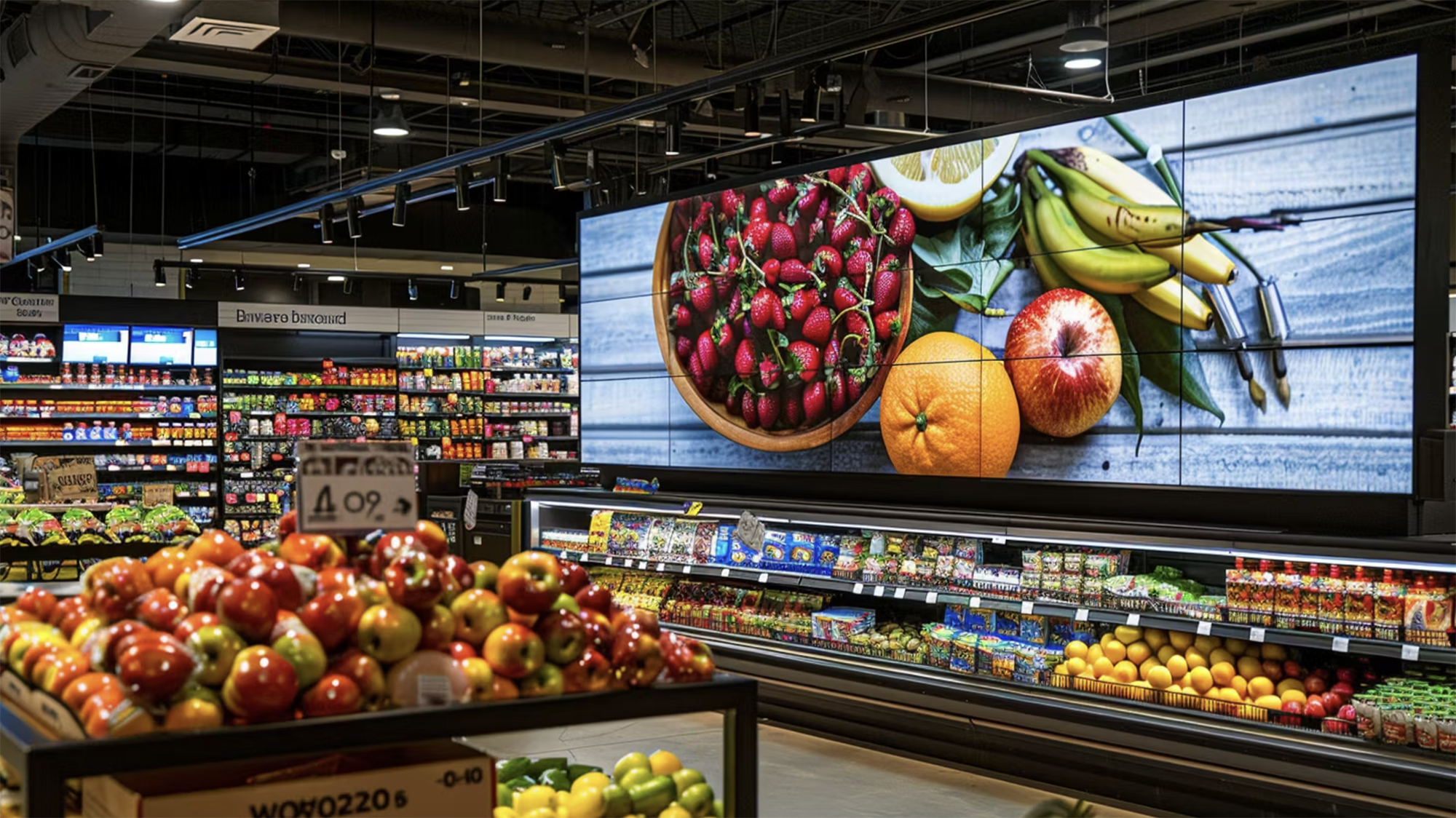5 Challenges of Warehouse Automation in Digital Grocery

At a Glance
- As increasingly more people embraced digital platforms, grocers had to adapt to meet evolved customer expectations
- Grocery industry is experiencing a seismic shift as warehouse automation evolves beyond traditional concepts
- By integrating multiple transformative technologies, grocers can unlock the full potential of warehouse automation
- Amidst the promises and possibilities lie several challenges that grocers must address to reap its benefits
- This article explores some of the critical challenges associated with warehouse automation
The last few years saw an unprecedented transformation in the grocery sector. As increasingly more people embraced digital platforms, grocers had to adapt to meet evolved customer expectations. The grocery sector will continue to change, shaped by mercurial customer preferences and macroeconomic factors like inflation and supply chain challenges.
Grocery retailers are turning towards advanced technologies like artificial intelligence (AI), machine learning, and robotics to help them navigate these ever-evolving times. The grocery industry is experiencing a seismic shift as warehouse automation evolves beyond traditional concepts. By embracing and integrating multiple transformative technologies as part of an overarching strategy, grocers can unlock the full potential of warehouse automation. This digital-driven approach enables them to optimize operations, improve customer satisfaction, and stay competitive in the ever-changing landscape of the digital grocery market.
However, amidst the promises and possibilities lie several challenges that retailers must address to reap the full benefits of warehouse automation and stay competitive in the dynamic digital grocery landscape. This article explores some of the critical challenges associated with warehouse automation in digital grocery.
Costly Pitfalls and Implementation Challenges
Implementing warehouse automation systems can be a complex and costly endeavor. The initial investment, including the purchase of equipment, software integration, and employee training, can be significant. Furthermore, grocers may encounter challenges in aligning their existing infrastructure with new automation technologies. These challenges require careful planning and collaboration with in-house or third-party automation platforms to avoid potential pitfalls and ensure a smooth implementation process. By carefully assessing the costs, planning diligently, and collaborating closely with automation platforms, grocers can ensure a smooth transition.
Scalability and Flexibility
The grocery landscape is dynamic, characterized by fluctuating order volumes, seasonal variations, and changing customer demands. Warehouse automation should be scalable and flexible enough to accommodate these ever-changing needs. This includes designing automated processes that can handle peak demand periods, efficiently adapt to evolving product assortments, and seamlessly integrate new products and categories. Building scalability and flexibility into the automation infrastructure enables businesses to stay agile and responsive in a rapidly evolving market.
Integration and Data Connectivity

Efficient warehouse automation in the grocery industry relies on seamless integration and real-time data connectivity. However, integrating various automation components with existing warehouse management systems (WMS) and enterprise resource planning (ERP) systems can pose significant challenges to grocers. Grocery retailers need to ensure a cohesive flow of information, including inventory levels, order details, and system performance, since it is critical for achieving optimal automation performance. Overcoming integration hurdles requires robust data integration frameworks, open communication channels, and a comprehensive understanding of data requirements.
Workforce Adaptation and Training
Transitioning from manual processes to automated systems entails a shift in the roles and responsibilities of the workforce. Employees previously engaged in manual tasks must adapt to the new automated processes. This transition may require upskilling or reskilling employees to operate and maintain the automation equipment effectively. Additionally, grocery retailers must prioritize proper training programs to ensure a smooth transition, mitigate resistance to change, and empower employees to embrace and leverage automation technologies.
Maintenance and Support
Like any complex machinery, warehouse automation systems require regular maintenance and support to ensure seamless operations. Challenges arise in identifying and addressing issues promptly, scheduling maintenance tasks without disrupting ongoing operations, and minimizing downtime. Grocers will need to establish proactive maintenance schedules, train internal teams to handle routine tasks, and forge solid collaborations with automation providers to overcome these challenges. By prioritizing maintenance and support, grocery retailers can ensure long-term sustainability and optimal performance of their automation systems.


.png)







.png)


